In the context of Ho Chi Minh City preparing to become a coastal megacity, Can Gio is an "indispensable piece". With its location adjacent to the East Sea and located in the center of the southern port chain, Can Gio is the only sea gateway of Ho Chi Minh City - a place that can develop international ports, coastal urban areas, eco-tourism and marine logistics.
Making a mark on the global logistics map
However, until now, the traffic connecting the center of Ho Chi Minh City with Can Gio district is still "only" - via Binh Khanh ferry. For many years, people have expected the Can Gio bridge project to replace Binh Khanh ferry to connect the two banks.
That expectation is even stronger when a series of super projects are about to be implemented in the area such as Can Gio coastal tourism urban area, Can Gio international transit port or also known as Can Gio super port. This is considered a strategic link, one can say the heart of operating the marine economy, in the journey to turn Ho Chi Minh City into a Southeast Asian maritime megacity.
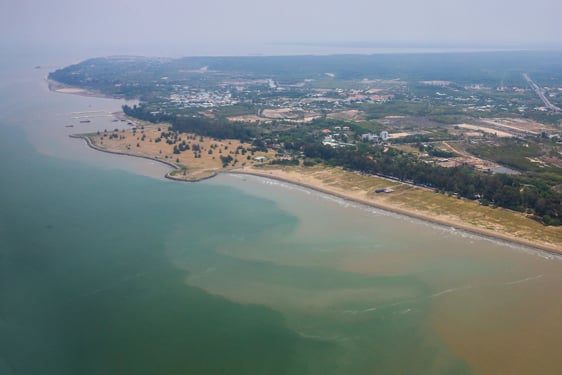
Land for urban area encroaching on Can Gio sea seen from above. Photo: HOANG TRIEU
The Can Gio International Transit Port Project was approved by the Prime Minister for investment on January 16, 2025 after a long preparation period. The project is located in Thanh An commune, with an investment capital of over VND 50,000 billion, an area of 570 hectares, specializing in exploiting container ports, seaports and related services.
The project aims to promote infrastructure, support domestic shipping businesses, and attract international logistics, trade, and financial corporations to set up headquarters. At the same time, the project contributes to raising Vietnam's position on the regional maritime map, becoming an international transit hub. Construction is expected to start in September 2025.
Dr. Do Thien Anh Tuan (Fulbright School of Public Policy and Management) commented that Ho Chi Minh City's groundbreaking of the Can Gio International Transit Port is an important opportunity to enhance the national marine economic development strategy, if it is closely connected to the Cai Mep - Thi Vai port cluster. This connection will form a super seaport cluster, capable of directly competing with major ports in the region such as Singapore and Malaysia.
The connection helps Vietnam take advantage of its geographical location on international shipping routes passing through the East Sea, attracting international goods sources, reducing logistics costs, thereby enhancing its role in the global supply chain.
According to experts, the connection between Can Gio Port and Cai Mep - Thi Vai not only promotes the marine economy of Ho Chi Minh City and the Southeast region, but also is a driving force for the national economy in the long term. This super port cluster has the potential to become an international cargo transit center, attracting investment in areas such as logistics, supporting industries, finance, insurance and international trade. "At that time, Ho Chi Minh City will not only be a coastal city, but also a seaport city with a modern logistics ecosystem, fully integrated services and international competitiveness" - Mr. Tuan emphasized.
In addition to its role as a seaport, the coastal area of the new Ho Chi Minh City, especially Ba Ria - Vung Tau and Can Gio, needs to be oriented to become a center for international seaports, renewable energy and high-end tourism. According to Dr. Tuan, the Cai Mep - Thi Vai - Can Gio international port cluster will be a strategic highlight, contributing to positioning Ho Chi Minh City as a leading logistics and seaport metropolis in Southeast Asia.
Shape of the coastal city
If Can Gio super port is the heart of the marine economy, Can Gio coastal urban area is the new face of urban - culture - tourism. When Ho Chi Minh City expands its boundaries, merging with Ba Ria - Vung Tau and Binh Duong, Can Gio coastal urban area will play the role of one of the "soft gateways" - connecting with the Southeast sea, preserving the mangrove ecosystem, developing green economy and high-quality tourism.
This project is invested by Can Gio Urban Tourism Joint Stock Company (a member of Vingroup Corporation), officially started this morning, April 19, in Long Hoa commune and Can Thanh town. The project is a group A project, with a land use term of 50 years, with a sea encroachment area of 1,357 hectares with design parts for leveling the ground, lake embankment, and sea embankment.
According to the detailed planning 1/500 of Can Gio coastal urban area, the project has an area of about 2,870 hectares, including 4 sub-areas A, B, C and DE, with a total population of nearly 230,000 people, capable of welcoming 8-9 million visitors/year.
In which, subdivision A (953 ha) is planned as an ecological residential area associated with tourism services at the gateway area of Can Gio coastal urban tourism area. Subdivision B (659 ha) is a residential area, resort tourism, urban public service works (healthcare, education, administrative headquarters, commercial services, offices...).
This is also an urban green area, a technical infrastructure hub. Sub-area C (318 ha) is a financial, economic, commercial, service, office and port center, a modern urban area including residential areas (townhouses, villas, high-rise buildings). Sub-area D (480 ha) is a commercial center, high-class resort, modern urban area and sub-area E (458 ha) is water surface, canals and green trees.
According to Dr. Tran Quang Thang, Director of the Ho Chi Minh City Institute for Economic and Management Research, the Can Gio coastal urban area plays a strategic role in the sustainable development and international integration of Ho Chi Minh City and Vietnam. The project not only brings great economic value but also has multi-faceted strategic significance, contributing to promoting the development of high-end tourism and trade, forming a resort center and smart urban area, creating momentum for economic growth for Ho Chi Minh City. At the same time, it helps expand urban space, reduce pressure on the inner city, develop satellite areas and upgrade infrastructure with iconic works such as the 108-storey tower.
In the long term, the project will contribute to affirming the capacity to carry out large-scale projects, attract international investment, create jobs and enhance Vietnam's position. In addition, ecological factors and environmental protection are also focused on, in line with the goal of sustainable development.
(*) See Lao Dong Newspaper from issue dated April 18
Inter-regional transport connections
Along with the mega projects, Ho Chi Minh City residents, especially in the Can Gio area, are expecting a high-speed urban railway connecting the city center to the Can Gio coastal tourist urban area. This is a project proposed by Vingroup Corporation for investment, with a 48.5 km long route, designed to run on an elevated track, standard gauge of 1,435 mm, maximum speed of 250 km/h. The starting point of the route is located on Nguyen Van Linh Street (District 7) and the end point is in Can Gio. It can transport up to 40,000 passengers per hour, and is expected to start construction in the period from 2025 to 2028.
Prime Minister Pham Minh Chinh has directed Ho Chi Minh City to urgently study and deploy this route along with the railway route to Long Thanh airport, and at the same time call on investors and contractors with capacity to participate in the project and report on progress in April 2025. In order to prepare the legal basis for the project, the Ho Chi Minh City Department of Transport and Public Works has sent an urgent document to the Department of Construction, requesting to update the railway route into the project to adjust the city's general planning until 2040, with a vision to 2060, as well as put the project into the priority investment portfolio before 2030.
In addition, in the context that Ho Chi Minh City is aiming to merge with Binh Duong and Ba Ria - Vung Tau to form a new administrative unit, the need to connect traffic infrastructure between Ho Chi Minh City and Ba Ria - Vung Tau has become urgent. Currently, there is no direct road connection between the two localities, and to travel, one must go through Dong Nai. The idea of building a Can Gio sea-crossing bridge connecting the two localities was proposed in 2017, and there was even a plan for a sea-crossing tunnel, but it is still under research due to many technical and financial challenges.
The Ho Chi Minh City Department of Transport and Public Works has recently coordinated with the Transport Design Consulting Corporation to conduct a preliminary study of three options for the southern coastal route. Among them, there is an investment plan for a main route connecting to the coastal road of Ba Ria - Vung Tau province via a 10 km long sea-crossing bridge. This plan helps shorten the distance by about 40 km compared to the original plan, with a total investment capital of more than 62,200 billion VND for the two phases. The Department has also requested the Department of Construction to coordinate with related provinces such as Dong Nai, Tien Giang and Ba Ria - Vung Tau to agree on a connection hub plan, thereby completing the updated dossier in the general planning of Ho Chi Minh City as well as the planning of related provinces.
These projects, when completed, will not only help form a complete inter-regional transport network but also expand development space for Ho Chi Minh City, increase connectivity, attract investment and develop the marine economy of the entire region.
Source: https://nld.com.vn/tp-hcm-huong-den-sieu-do-thi-bien-can-gio-tam-diem-chien-luoc-196250418204940916.htm


![[Video] 24-hour news on May 9, 2025: General Secretary To Lam officially visits the Russian Federation and attends the 80th anniversary of Victory Day in the Great Patriotic War](https://vphoto.vietnam.vn/thumb/1200x675/vietnam/resource/IMAGE/2025/5/10/5eaa6504a96747708f2cb7b1a7471fb9)
![[Photo] Russian military power on display at parade celebrating 80 years of victory over fascism](https://vphoto.vietnam.vn/thumb/1200x675/vietnam/resource/IMAGE/2025/5/9/ce054c3a71b74b1da3be310973aebcfd)
![[Photo] General Secretary To Lam meets with Chairman of the Federation Council, Parliament of the Russian Federation](https://vphoto.vietnam.vn/thumb/1200x675/vietnam/resource/IMAGE/2025/5/10/2c37f1980bdc48c4a04ca24b5f544b33)
![[Photo] Ho Chi Minh City: Many people release flower lanterns to celebrate Buddha's Birthday](https://vphoto.vietnam.vn/thumb/1200x675/vietnam/resource/IMAGE/2025/5/10/5d57dc648c0f46ffa3b22a3e6e3eac3e)
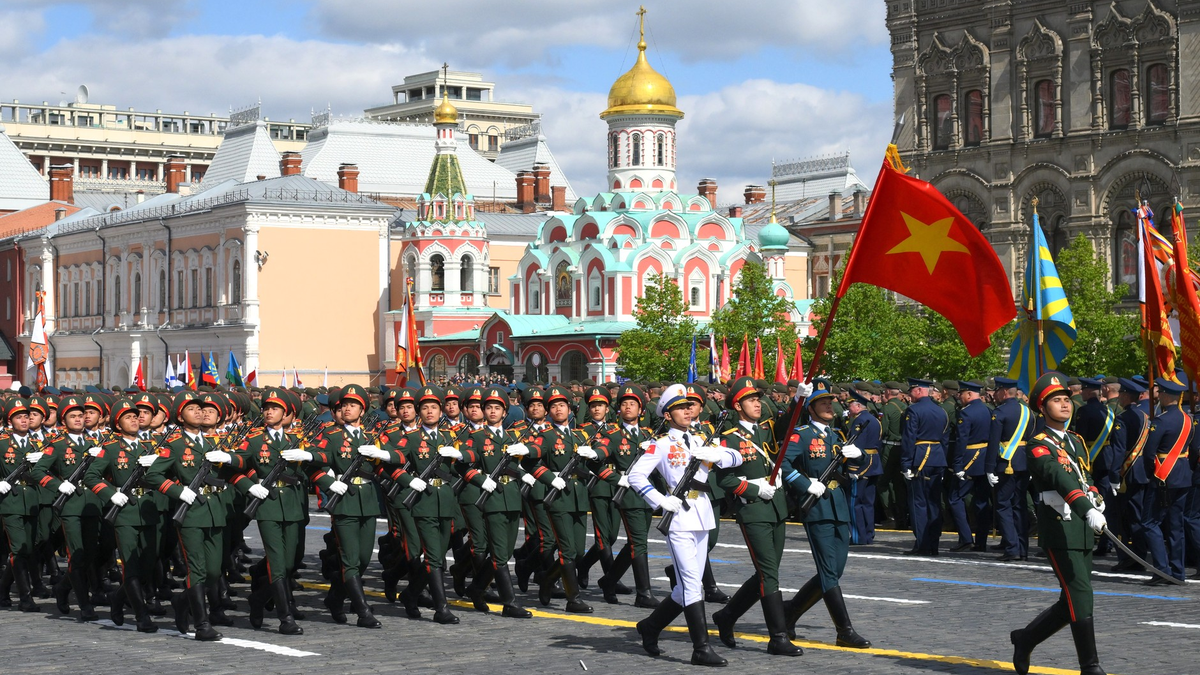
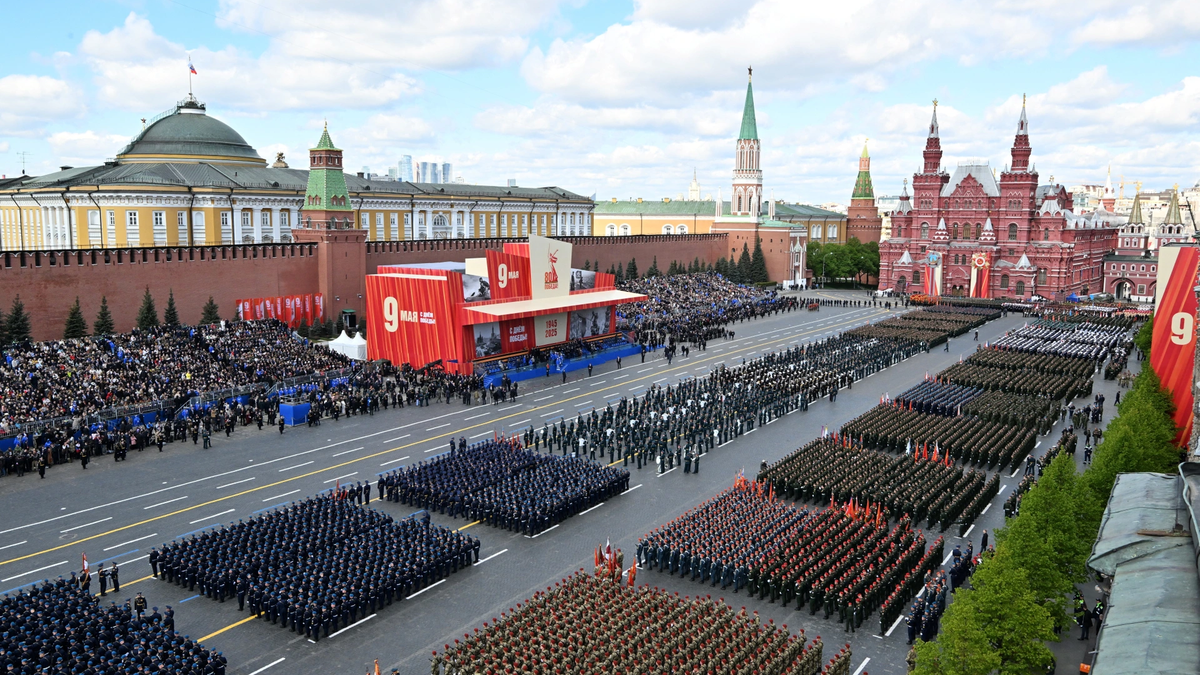



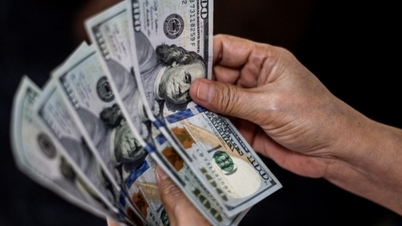










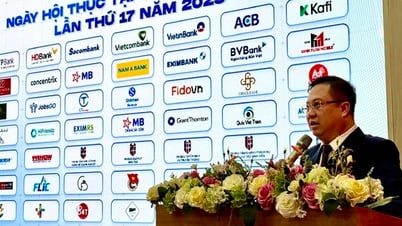

![[Photo] General Secretary To Lam and international leaders attend the parade celebrating the 80th anniversary of the victory over fascism in Russia](https://vphoto.vietnam.vn/thumb/1200x675/vietnam/resource/IMAGE/2025/5/9/4ec77ed7629a45c79d6e8aa952f20dd3)
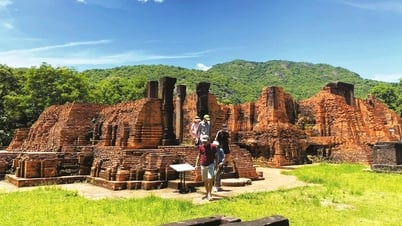

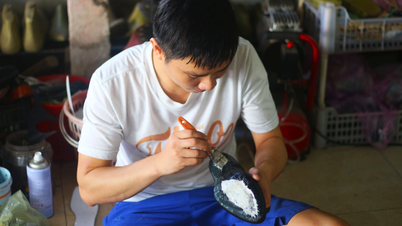

























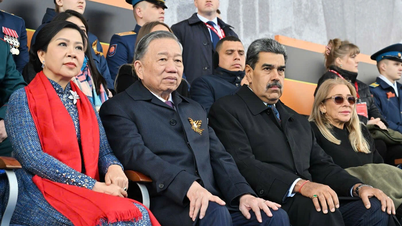


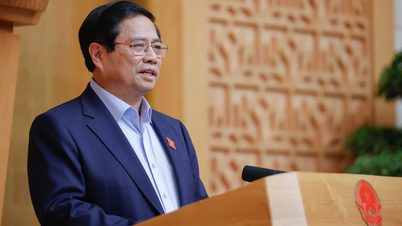
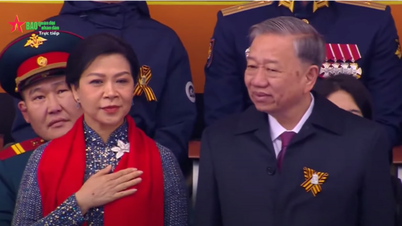




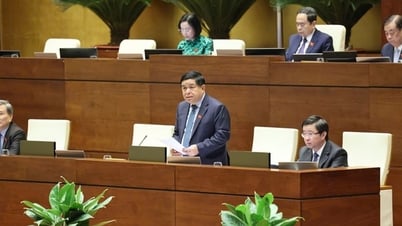

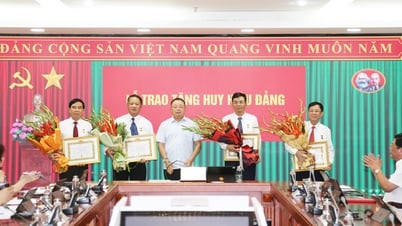

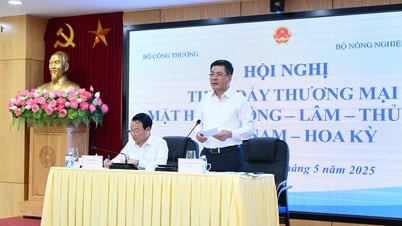


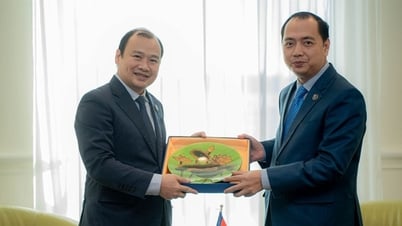
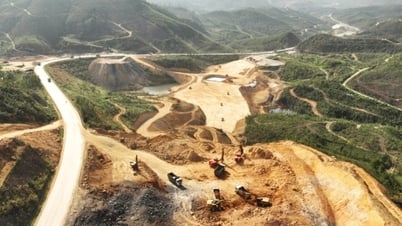

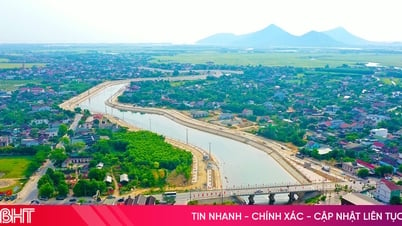

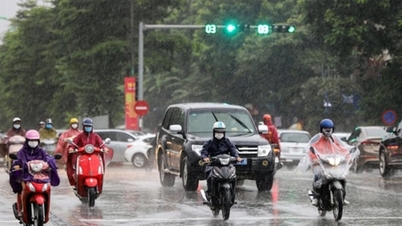



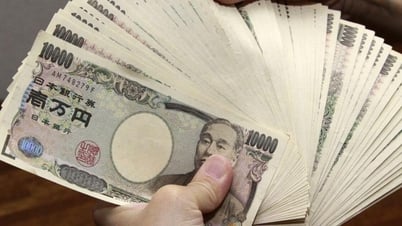










Comment (0)